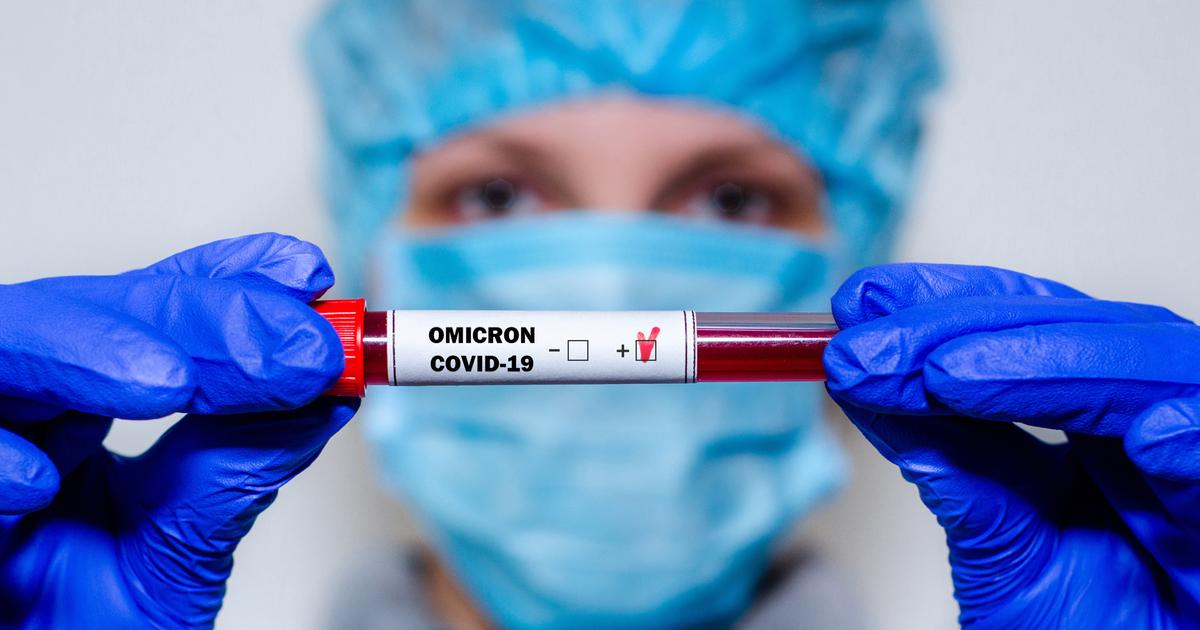While the masks fall, the Covid-19 continues to mutate.
After the Omicron wave, the last major variant to date, two new combinations of Sars-cov-2 are the subject of increased surveillance: XD and XE.
How do they spread?
By simultaneous contamination of two different variants.
When two stem viruses attack the same cell in a person, the enzyme then replicates the DNA of both the first and the second virus.
Thus, XD originated from both Delta and Omicron.
As for XE, the mutation comes from the two “
cousin
” variants of Omicron, BA.1 and BA.2.
To discover
Presidential 2022: find here the result of the first round of the election
Read alsoA “Deltacron” variant detected in France
Are these new forms of coronavirus more severe and/or more contagious?
“
Only the future will tell us,
” comments Catherine Hill, epidemiologist at the Gustave Roussy Institute.
The XD variant, detected for the first time at the beginning of January 2022 in Cyprus, then arrived in the United Kingdom and France.
As of April 4, 65 cases of “Deltacron” (mixture of Delta and Omicron) had been reported in France, indicated Public Health France in its last epidemic point.
The combination has been classified as "
under evaluation
" by the WHO.
A category confirmed by Public Health France on March 23, indicating that it was the subject of "
reinforced surveillance
" in France because of the severity of its Omicron and Delta strains, themselves considered "
worrying
".
But, specifies the agency, “
very little data is currently available as to its characteristics
”, and the XD recombinant represents “
less than 0.1% of the interpretable sequences
” in the flash surveys.
For its part, XF has already been detected in 39 cases in the United Kingdom, but "
it is unlikely
" that it is associated with higher transmissibility.
Read alsoCovid-19: what you need to know about BA.2, a sub-variant of Omicron
XE potentially 'as transmissible as measles'
It is in the United Kingdom that the XE combination is most prevalent, with 1,200 cases recorded across the Channel.
India, Thailand and New Zealand have also detected it on their territory, when only one case has been confirmed at this stage in France.
XE, a mixture of two virus stem cells, is one of the combinations that the WHO “
continues to monitor
”, according to a press release from the organization in early April.
This could be even more transmissible than Omicron, itself already characterized by its rapid contagiousness.
According to scientists from the United Kingdom Health Safety Agency (UKHSA), the combination could be "
10% more contagious than BA.2
", a cousin strain of Omicron qualified as "
hyercontagious
" by the professor of AP-HP Rémi Salomon.
Read alsoThe BA.2 variant more contagious than its "big brother" Omicron which dominates the world
Australian Professor Adrian Esterman, a former WHO epidemiologist, analyzes in the Canberra Times newspaper that the XE will probably be the one that "
causes the most problems in the world
", taking over from the BA.2.
In terms of contagiousness, "
BA.2 was itself close to measles, our most contagious disease
", he explains, deducing that "
the XE version of Omicron is probably now as transmissible as measles
" .
.
At this stage, however, the health authorities believe that there is “
no alert
”, confides to
Le Figaro
a source at the Ministry of Health.








